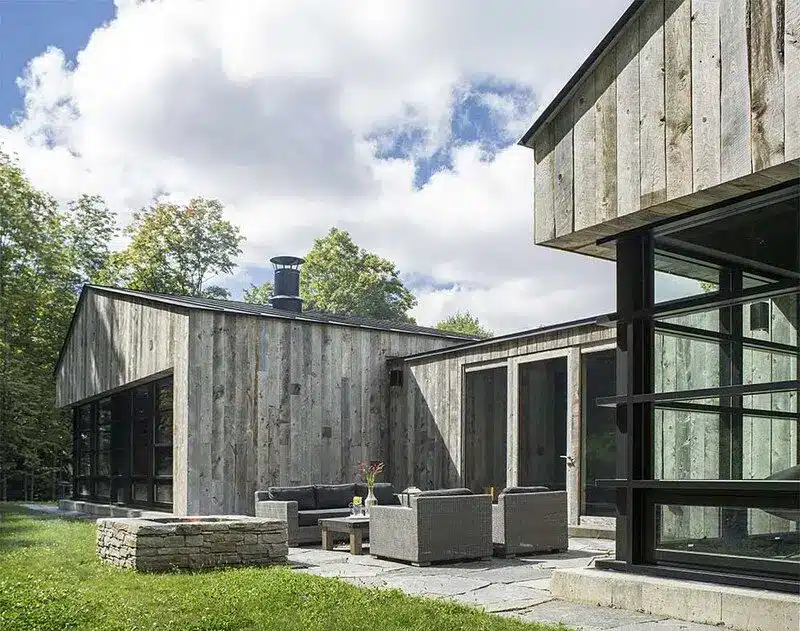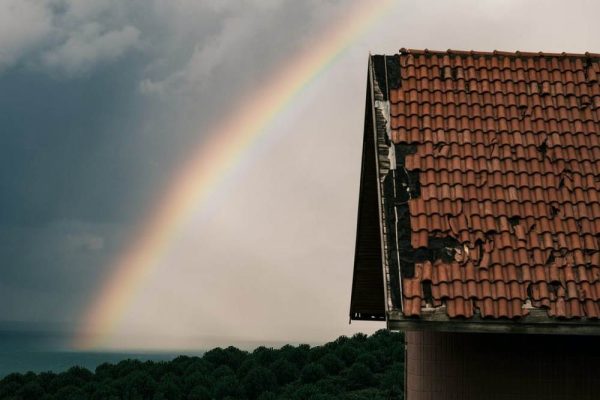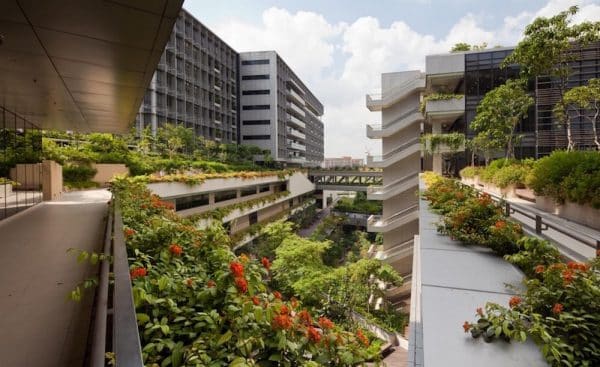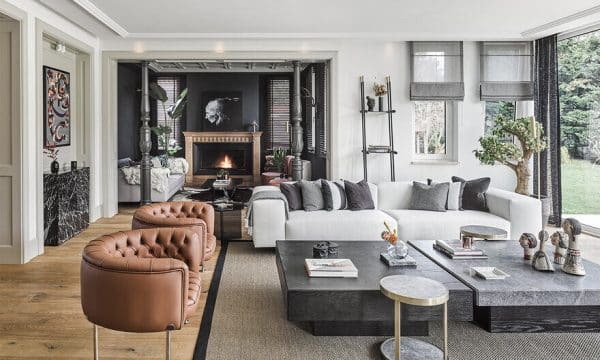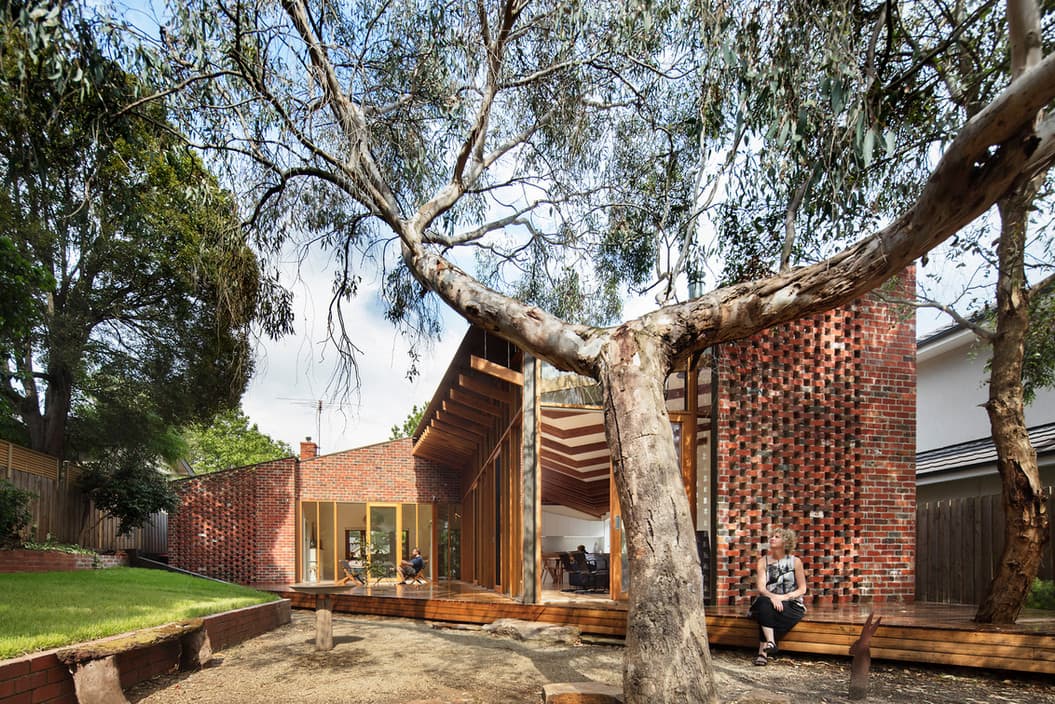
Biophilic design is growing in popularity as it provides a greater connection to the natural environment while at the same time enhancing the feel and appearance of an interior space. As well as incorporating organic materials and natural light, biophilic design includes swathes of greenery in the form of living walls, rooftop gardens and indoor conservatories. Large, living trees offer an even more striking association with the outdoors, and whether they are surrounding a property or even climbing through the very core of a building, they create stunning vistas at every level. While some architectural projects will require the management or removal of old and dangerous trees from a plot, in other situations, design yields to existing mature trees by incorporating them into internal courtyards or allowing them to thrive indoors.
Safely Removing Trees to Prepare a Site
While some designs can work around established trees, not all trees are sustainable and should be removed from a building site, especially if they are in decline. It’s important to correctly identify any trees to be felled as certain US states enforce regulations over their removal.
Massachusetts has a centuries-old law concerning ownership of a tree between two properties, and cutting down a tree that belongs to someone else may result in civil charges. And in Atlanta, Georgia, hardwood and pine trees are protected by a special city ordinance. Wherever safety is a priority, however, a professional tree removal service can remove damaged and dangerous trees before any building work commences.
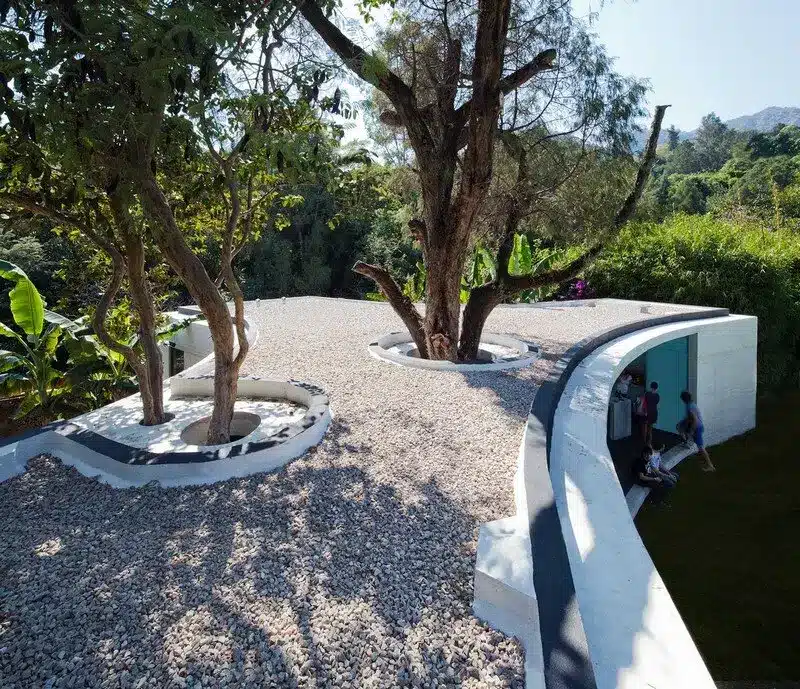
Incorporating Living Trees in Home Design
In biophilic design, plants are commonly incorporated into a home’s interior design as a way to bring the outside in. Interaction with nature can reduce levels of physiological and psychological stress, while leaf surfaces absorb pollutants and improve indoor air quality. While small plants are easy to introduce to any interior design, allowing for space on a blueprint for a large living tree can take biophilic design to the next level. Whether grown from a sapling inside a well-lit internal room or allowed to flourish within a central outdoor courtyard, a tree becomes a piece of living art, adding architectural interest, enlivening an inanimate space, and linking it with the natural landscape surrounding it.
Using Natural Wood in Sustainable Construction
As well as incorporating living trees into architectural design, whole sections of felled trees can be used to enhance the structure of the building. Wood as a construction material is less harmful to the environment as it provides a natural way to capture carbon from the atmosphere. To improve the sustainability of a construction further, elements of trees such as natural forks can be used in their natural form as effective load-bearing components in construction.
While trees may need to be professionally removed from site in order for construction to begin, it is also possible to create a plan that incorporates healthy and attractive, mature trees into the core of a building. In addition, using wood in its natural state as a structural component can create a more sustainable building.
